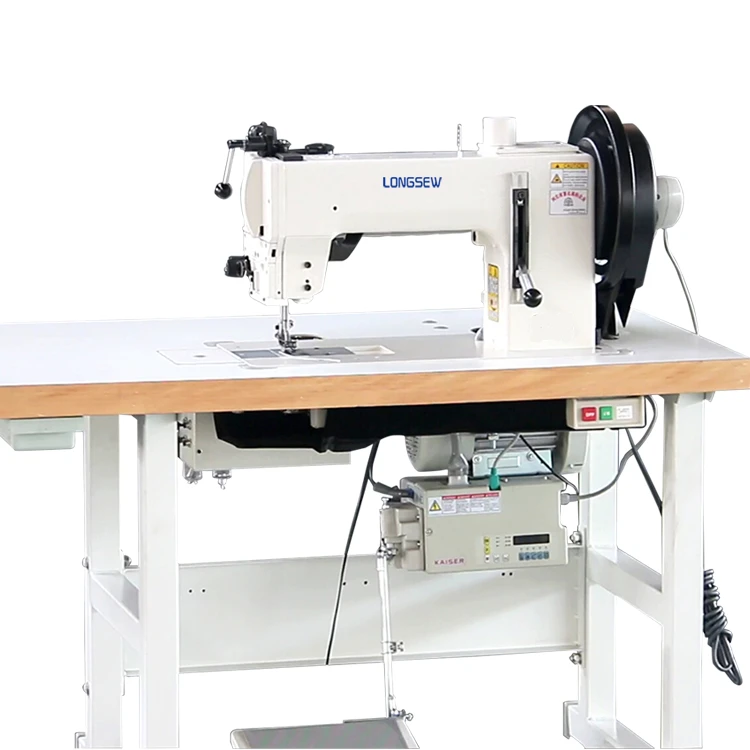sewing through leather
Sewing Through Leather A Comprehensive Guide
Sewing through leather is an art that combines skill with creativity, resulting in durable and aesthetically pleasing items. Whether you're making leather bags, wallets, or apparel, mastering the techniques for sewing leather can elevate your creations and ensure they withstand the test of time. This article will guide you through the essential tools, techniques, and tips for successful leather sewing.
Understanding Leather Types
Before you begin sewing, it's crucial to understand the type of leather you are working with. Leather can be broadly categorized into full-grain, top-grain, corrected-grain, and bonded leather, each with its unique characteristics. Full-grain leather, known for its durability and natural imperfections, is ideal for high-quality projects. Top-grain leather is slightly more processed but is still a great choice for items that require flexibility and strength. Corrected-grain leather has undergone significant refinement and is often more affordable, while bonded leather consists of leather scraps combined with other materials. Choosing the right type of leather for your project is the first step toward successful results.
Essential Tools for Sewing Leather
Equipping yourself with the right tools is vital when sewing leather. While traditional sewing equipment can work, there are specific tools designed to handle heavy materials effectively. Here’s a list of essential tools
1. Leather Needles These needles are specifically designed for sewing leather. They have a tapered point that easily pierces through thick material without tearing.
2. Heavy-Duty Thread Use polyester or nylon thread as they are stronger than cotton and provide a more durable finish. Look for threads designed for leatherwork to ensure compatibility.
3. Cutting Tools A rotary cutter or a sharp utility knife is essential for precise cutting. Use a cutting mat to protect your work surface.
5. Clips and C clamps Traditional pins can damage leather. Instead, use clips or clamps to hold pieces together while sewing.
6. Edge Tools Edge trimmers and burnishers help finish the edges of your leather for a polished look.
sewing through leather

Basic Techniques for Sewing Leather
Once you have your tools ready and your leather selected, it’s time to start sewing. Here are some fundamental techniques to keep in mind
1. Preparation Always prepare your leather pieces by cutting them accurately and marking where you intend to sew. Use an awl to create holes along your sewing line, which will guide your needle and prevent tearing.
2. Sewing Method The most common methods for sewing leather are hand-stitching and machine stitching. Hand-stitching gives you greater control and is often preferred for intricate designs, while machine stitching is faster for large projects. If using a sewing machine, ensure it is equipped with a walking foot to prevent the leather from slipping.
3. Backstitching When starting a seam, be sure to backstitch at the beginning and end to secure the threads. This is crucial for maintaining the integrity of your seam.
4. Consistent Tension Maintain consistent tension on your thread while sewing. This will ensure even stitches and prevent puckering in the finished product.
5. Finishing Touches Once you’ve completed your project, trim any excess threads and finish the edges to prevent fraying. You can also apply leather conditioner to keep the material supple and enhance its appearance.
Tips for Success
1. Practice If you're new to leather sewing, practice on scrap pieces before diving into your main project. This will help you get a feel for the tools and techniques.
2. Patience Sewing through leather can be challenging, and it often requires more time than sewing through fabric. Take your time to ensure precision and quality.
3. Be Creative Leather offers endless possibilities for customization. Don’t hesitate to experiment with different stitching patterns, colors, and embellishments to make your projects unique.
In conclusion, sewing through leather is a rewarding craft that allows for immense creativity and personalization. With the right tools, techniques, and a little practice, you can create stunning leather items that stand the test of time. Whether you’re a seasoned crafter or just starting, the world of leather sewing is inviting and full of potential. So gather your tools and let your creativity flow!
-
Industrial Cylinder Arm Sewing Machine: Revolutionizing Heavy-Duty SewingNewsJul.28,2025
-
Cylinder Arm Sewing Machine: Perfect for Special Sewing ApplicationsNewsJul.28,2025
-
Cylinder Bed Sewing Machine: Essential for Sewing Complex MaterialsNewsJul.28,2025
-
Heavy Duty Sewing Machine: The Essential Tool for Industrial ApplicationsNewsJul.28,2025
-
Computerized Pattern Sewing Machine: Revolutionizing Precision StitchingNewsJul.28,2025
-
Heavy Duty Industrial Sewing Machine: Power Meets PrecisionNewsJul.28,2025
-
Leather Sewing Machine: The Industrial Standard for Tough MaterialsNewsJul.18,2025





























